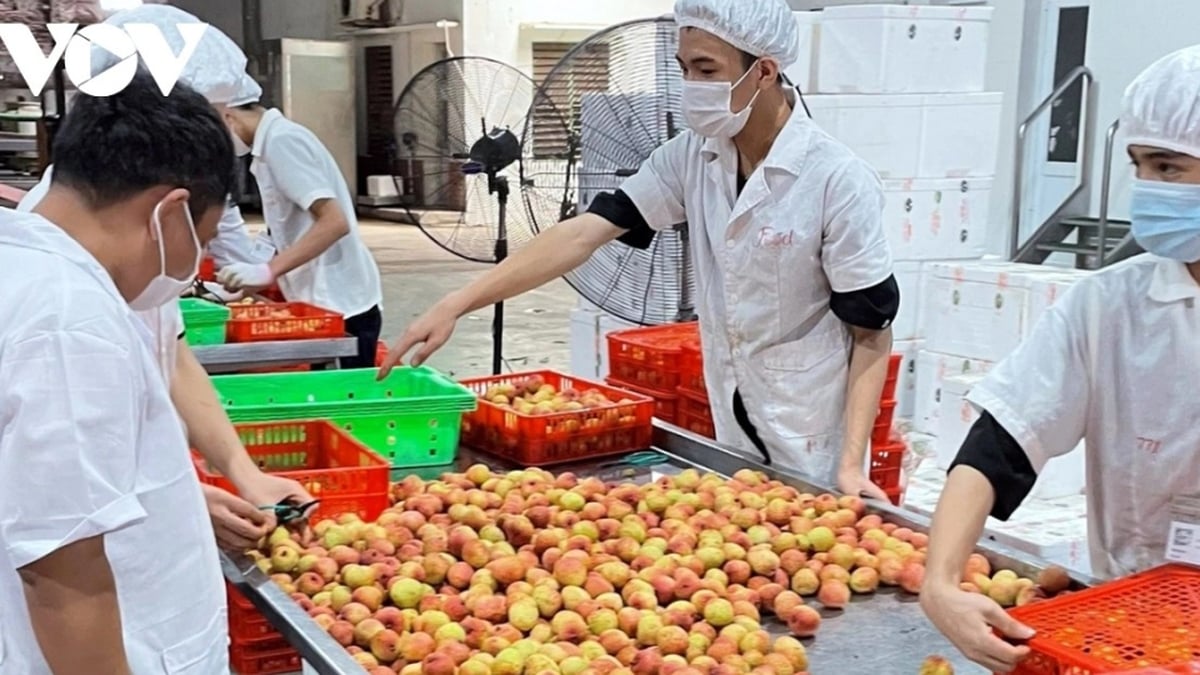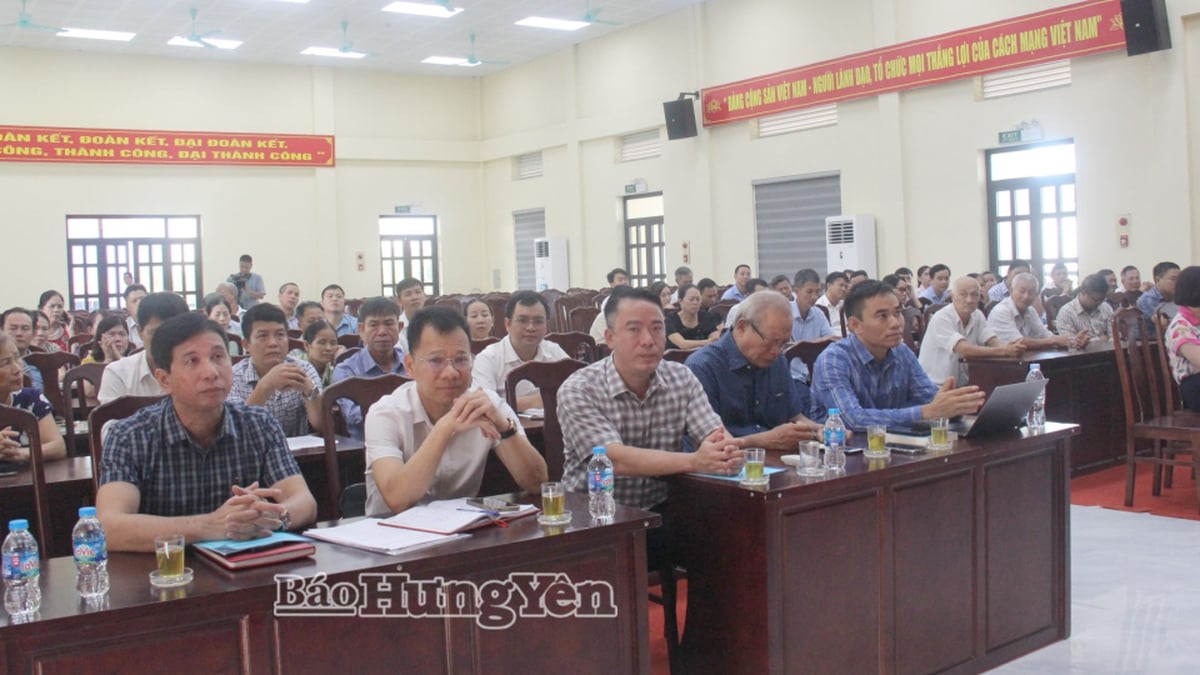Originally found only inside palm tree trunks, palm weevils have now been bred by people and developed into a new, highly effective farming model.
"Super easy" job but makes a lot of money
By creating a living environment similar to the inside of a palm tree, people have successfully bred palm weevils, developing a new breeding model with high economic efficiency. A family in My Thuan commune (Tan Son district, Phu Tho) has tested and succeeded with this model.
Creating a living environment and food for palm worms is not difficult. Mr. Ha Van Giang (33 years old, in My Thuan commune) - a palm worm farmer said: "It's very simple, just need coconut shells, cassava, palm cores and a paint bucket with holes in the lid. 10 parts: 7 parts coconut shells, 3 parts cassava and palm cores, mix well, feed once from the beginning of raising...

Taking care of palm weevils is a simple job that does not require much effort.
The process of caring for palm weevils is not too complicated, just feed them at the beginning when the king ants have finished laying eggs. After that, just leave them alone, the weevils will eat the nutrients from coconut shells, cassava and palm cores. If the adult weevils are not harvested, they will form cocoons and become king ants, then fly away. 20 - 30 days is the average time to produce finished palm weevils. Palm weevils rarely get sick, so there is little loss.
Although it is easy to care for, there are risks when raising palm weevils. They grow best in temperatures between 30 and 33 degrees Celsius. If it is too cold, the weevils will not be able to grow. But if it is too hot, the density will be too high, which will kill the weevils. In winter, Mr. Giang has to fence off the area where he raises the weevils, and when it is sunny, he takes the buckets of weevils out to dry to keep them warm. In summer, he has to carefully arrange the buckets of weevils in a cool area in the basement to avoid high temperatures.
Palm weevils have a relatively simple life cycle, which makes it easy for people to capture and care for them. Initially, pairs of king ants will mate, then female king ants will lay their eggs inside the trunks of worm-infested or cut-down palm trees. On average, each pair of king ants can produce 60 - 70 weevils.
Mr. Giang confided: “At first, when I went to the hill, I was curious so I cut open the palm tree roots and saw both palm weevils and ants. Then I came up with the idea of raising them. At first, I only let palm weevils live in the palm core, but the palm weevils were spoiled and had to be thrown away. Later, I learned more online and found out. From the initial 20 pairs and 5 buckets, I have now developed more than 20 buckets to raise palm weevils."
Raising worms, not wasting anything
Mr. Giang’s family is gradually turning palm weevil farming into the family’s main source of income because the profit this profession brings is not small. Mr. Giang shared: “Before, working in iron was enough to eat, but after receiving a project, we suffered losses. It was not until last year, when we raised palm weevil, that we were able to pay off all our debts…”.
The capital needed for each bucket of palm weevil breeding is only about 30,000 VND because the materials to create the living environment and food for the weevil are all agricultural products of not much value such as coconut shells, palm cores or even cassava.
“I ask for coconut shells from cafes, they just throw them away, there’s no use for them. I can ask for palm kernels, I have to buy cassava but it’s cheap…”, Giang said. However, the necessary condition is that all the ingredients must be fresh, if the coconut shells are dry or the cassava is rotten, the worms cannot be eaten. If the coconut shells are too dry or wilted, Giang’s family will dry them to use as firewood to store for the winter.
The larvae are regularly left behind after each batch of finished products. Mr. Giang's family usually leaves behind a bucket of mature larvae for breeding. After the larvae have formed cocoons and become king ants, they are paired (1 male, 1 female) and transferred into buckets, each bucket usually has 5-6 pairs. Each week, the king ants should be transferred to another bucket to avoid laying too many larvae in one bucket, causing heat and killing the larvae.
Each kilogram of finished palm weevils currently costs between 270,000 and 300,000 VND, depending on the time. Despite the high price, Mr. Giang does not always have available products to sell. Mr. Giang shared that there are times when there is no product to sell, even when the weevils are small and do not meet the requirements, customers still accept to buy them.
Palm weevil farming is not currently the main economic activity of Mr. Giang’s family, but it is the main source of income for the family. Palm weevil brings in more economic benefits than Mr. Giang’s iron-making business and Ms. Tuong’s (Mr. Giang’s wife) company job. During the season, Ms. Tuong has to quit her seasonal job to meet the demand of the palm weevil market.
During the season, Mr. Giang's family harvests about 10 buckets of palm weevils each day. Each bucket yields about 120 - 170 finished palm weevils, ranging from 800 grams - 1 kg of palm weevils, but still not enough to meet market demand.
Huong Hoai (According to nongnghiep.vn)
Source

































































































Comment (0)